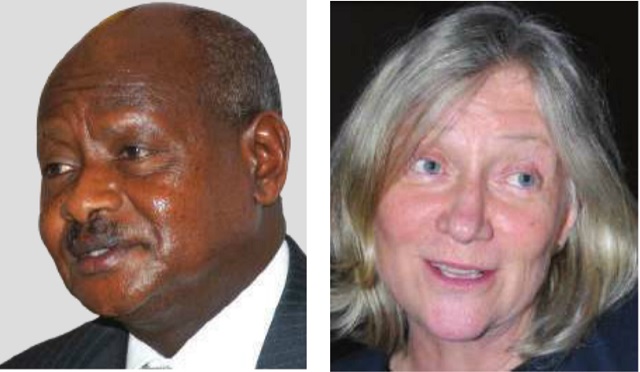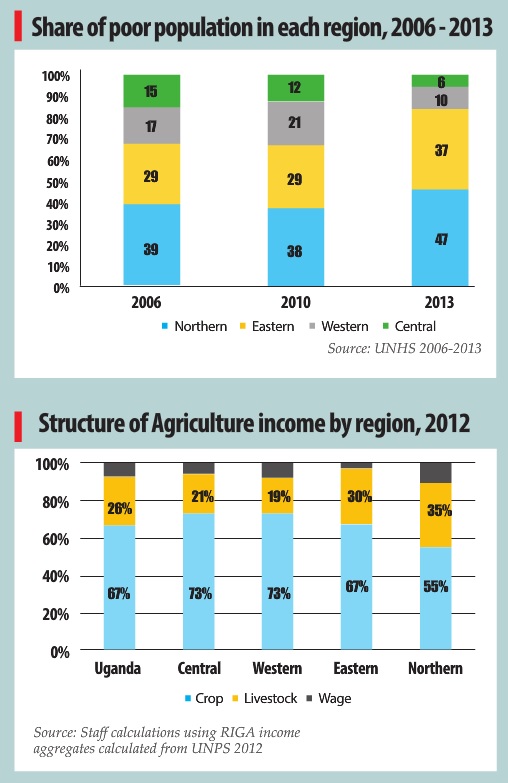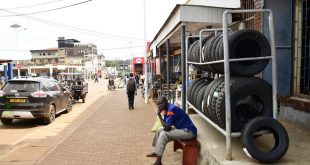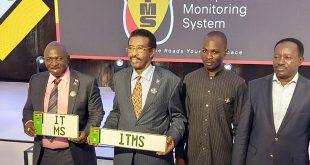
According to the World Bank, the number of poor people would jump from 19.7% of the population (Approx. 8 million people) to 34.6% (Approx. 13 million people). If the government were to consider the World Bank recommendation, up to 57% of Ugandans would be classified as poor.
Not only would that make the poverty reduction under the 30-year rule of the NRM government under Museveni appear to be not so great, it would also make it more difficult to achieve the government’s 2040 Vision where Uganda is a middle income country.
So is being poor or rich a purely numbers game? It is partly yes and no.
It is about numbers partly because the food items in the basket in 1993 would have been mainly sweet potatoes, matooke, and cassava followed in lesser quantities by dry beans, millet, and maize flour (posho). Further down the quantity ranking would be items like sorghum, fresh fish, beef, groundnuts, and sugar.
But the prices of sweet potatoes, meat, fish, matooke, sorghum, millet, and simsim have increased much faster than the prices of other goods and many Ugandans have shifted away from them.
So Uganda needs to use the new items in the consumption basket, and their current prices to determine who is poor and who is not.
Rich westerners explained
Incidentally, this and not Museveni’s being president could be the real reason for western Uganda’s prosperity.
According to the World Bank report, reduction of poverty in Uganda has resulted mainly from two items; agriculture and luck.
Uganda has performed very well in industry and services, growing by 12.2% and 8.2% respectively between 2003 and 2014. That is far higher than the Sub Saharan rate of 3.5% and 7.5% respectively. However, the contribution of industry and services to poverty reduction in Uganda has been limited by their failure to create large scale employment.
This has been compounded by the government failure to formulate effective fiscal policies to either grow incomes or redistribute the income by either raising the tax rates, which are quite low according to the World Bank, or increasing spending on social security areas like pensions, insurance, and other government transfers to the poor. The only forms of social security the poor have are remittances from family and friends. Between 32% and 53% of households in Uganda depend on these remittances, according to the World Bank report.
The government has sought only to prop up the poor through public spending on social services and infrastructure.
In the absence of enabling government policies, getting out of poverty in Uganda has been a Do-it-Yourself (DIY) affair, mainly through agriculture.
According to the World Bank report, up to 80% of poverty reduction in Uganda has taken place in rural areas. Only 10% of poverty reduction came from urban areas where it accelerated between 2006 and 2010 but has since slowed down. Only 180,000 people have moved out of poverty in urban areas.

This has been matched with very slow urban growth of just 0.5 percentage points per year between 2002 and 2014 and a cumulative 3.5 percentage points between 2001 and 2013.
Since, according to the 2014 census, up to 82% of Ugandans live in rural areas, most of them are engaged in agriculture either as farmers, labourers, or traders. And this is where westerners appear to have excelled.
Apparently as the price of food has risen, westerners have reaped higher incomes from producing and selling them.
According to the World Bank report, sale of crops is the big money-maker and contributes 60% of income from agriculture and it is here that western and central regions shine. They get 73% their agriculture income from crop sales. This contrasts sharply with eastern and northern Uganda where crop sales account for only 67% and 55% respectively. Western Uganda also sells the most valued crops in the food basket; beans and matooke while eastern Uganda sells low priced maize, sweet potatoes, cassava, and Ground nuts and the north has cassava, sorghum, simsim, and sunflower.
Northern Uganda leads in the proportion of income from sale of livestock at 35% of total income but this is out of just 25% of agriculture income. The North’s livestock sales income lead also masks the fact that in western Uganda, the concentration is on sale of livestock products – like milk. So although income from livestock sales is only 19% of total in western Uganda, milk brings in 18 to 25% income compared to only 9% in northern Uganda.
African success story
But income levels are just one indicator of poverty rates. Other indicators include access to social and infrastructure services; electricity, housing, education, water, toilets, health, and physical items like mobile phones, and motorbikes.
Any assessments made regarding these real poverty indicators also matter and are the basis of the World Bank report. That is why it is aptly titled `The Uganda Poverty Assessment Report 2016: Farms, cities and good fortune; assessing poverty reduction in Uganda from 2006 to 2013’. The report is based on analyses of data periodically collected by UBOS.
 The Independent Uganda: You get the Truth we Pay the Price
The Independent Uganda: You get the Truth we Pay the Price


